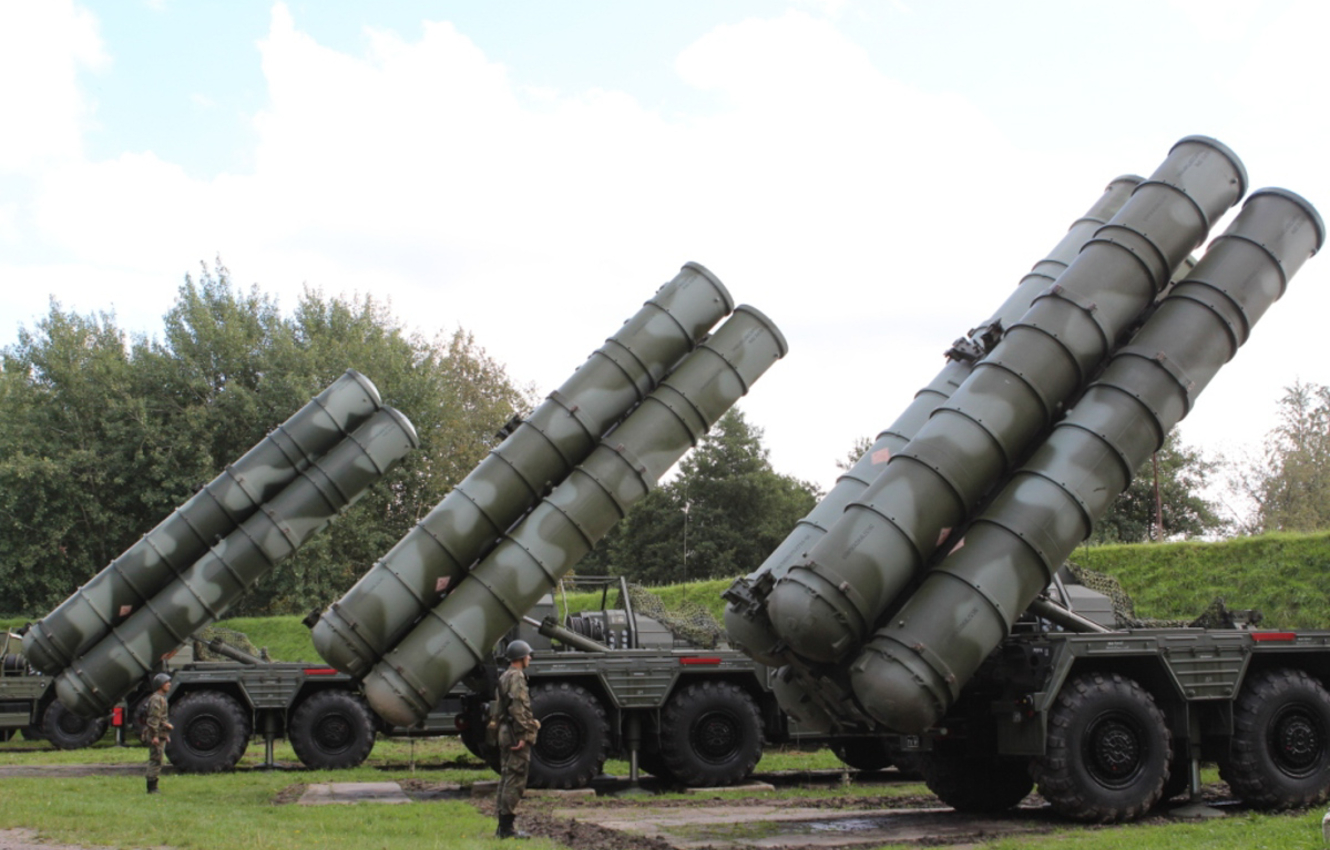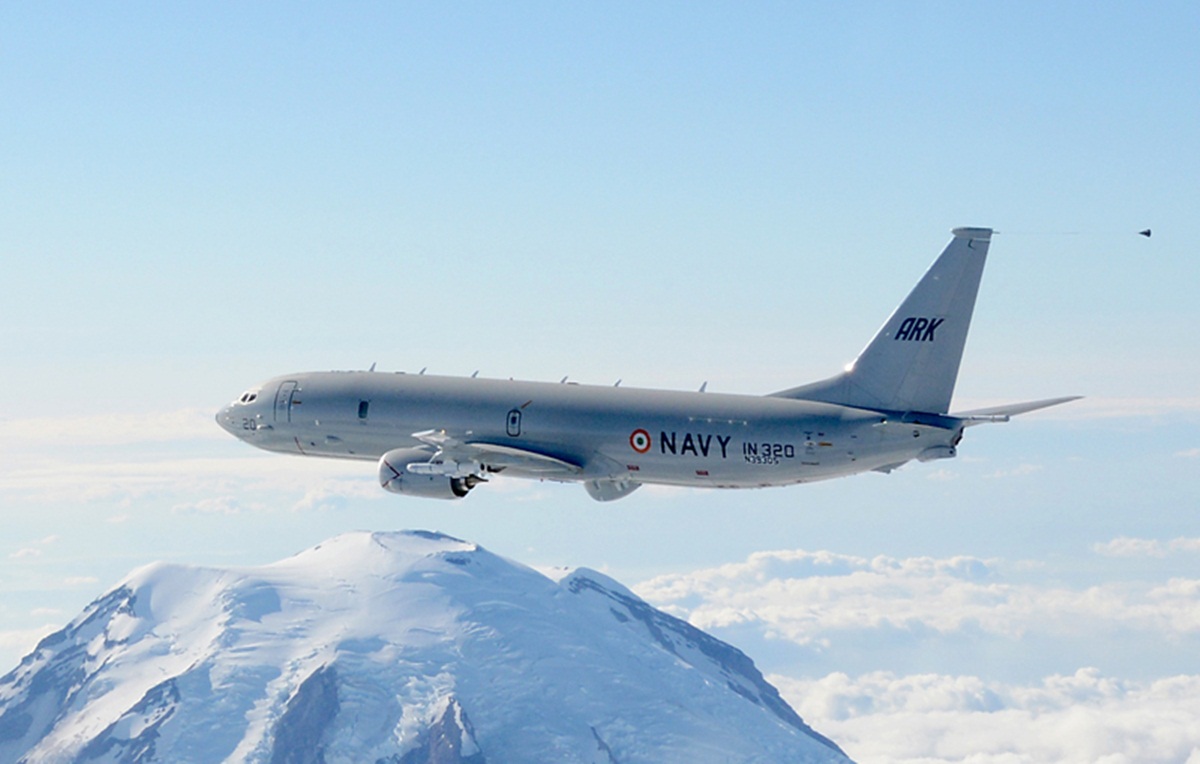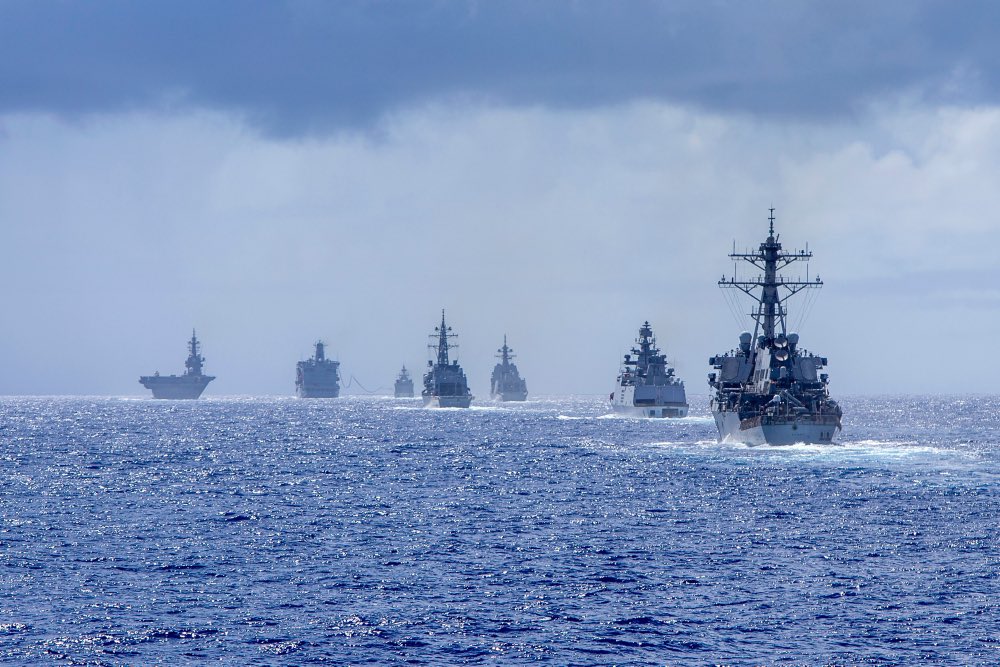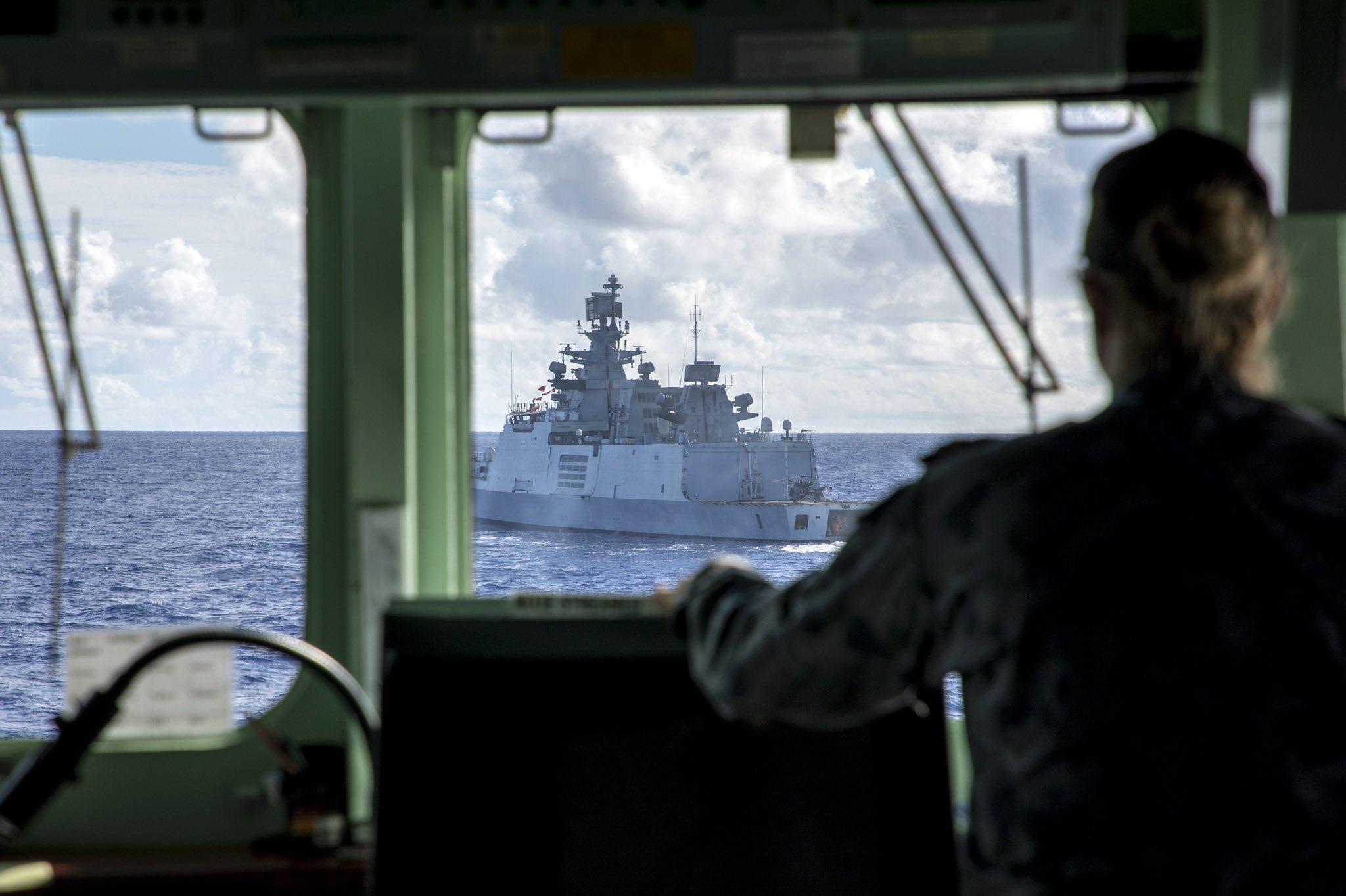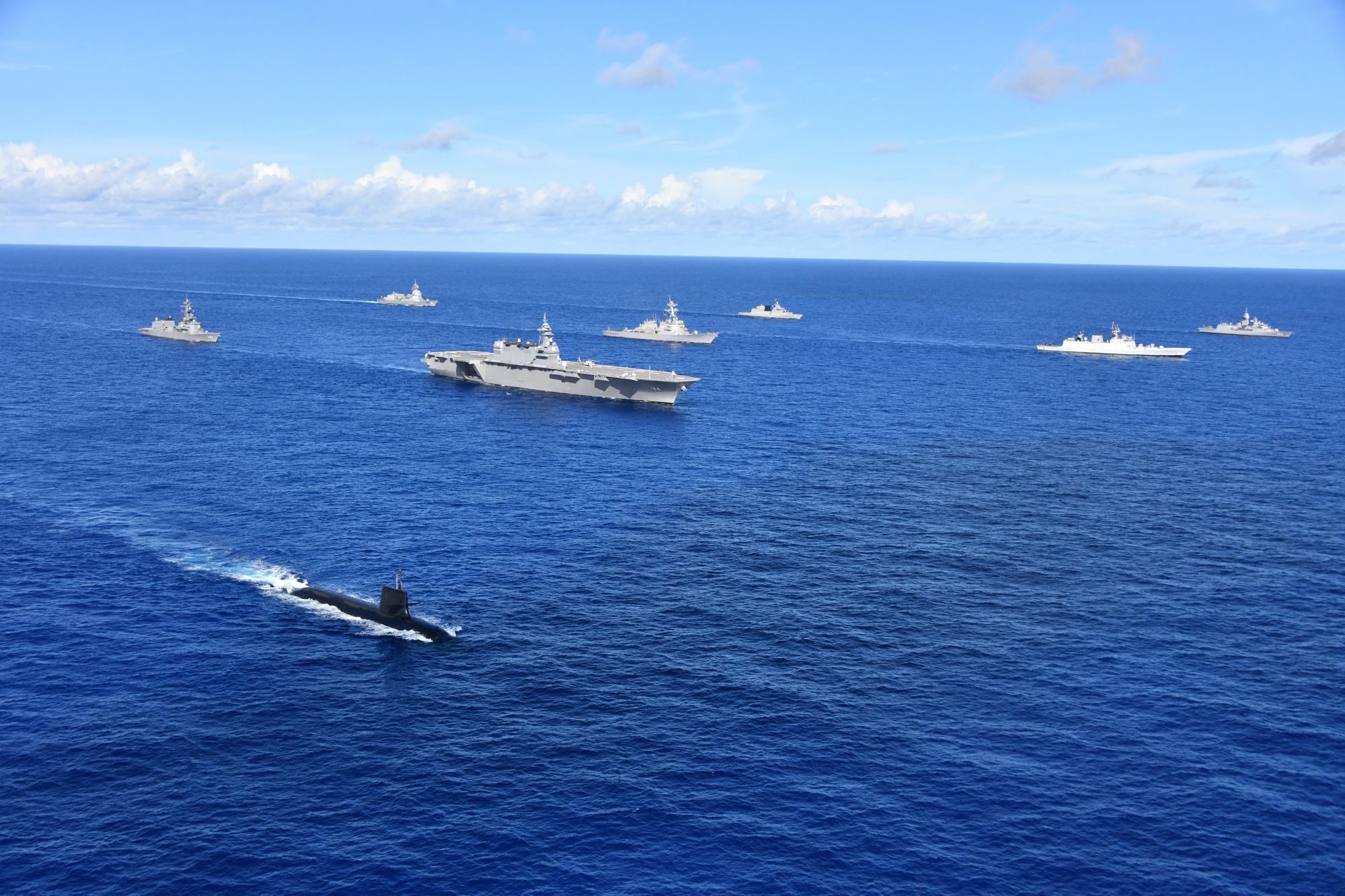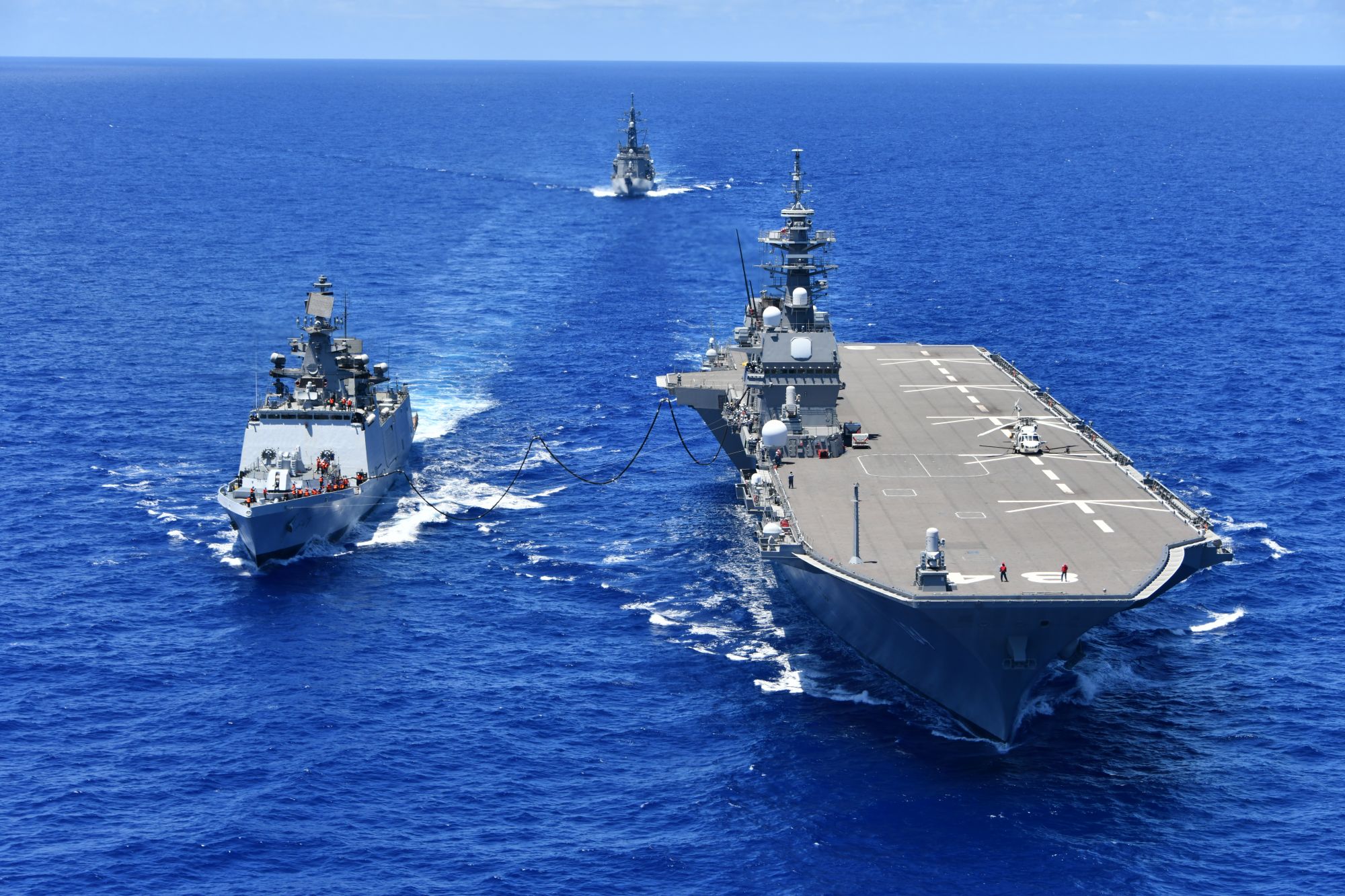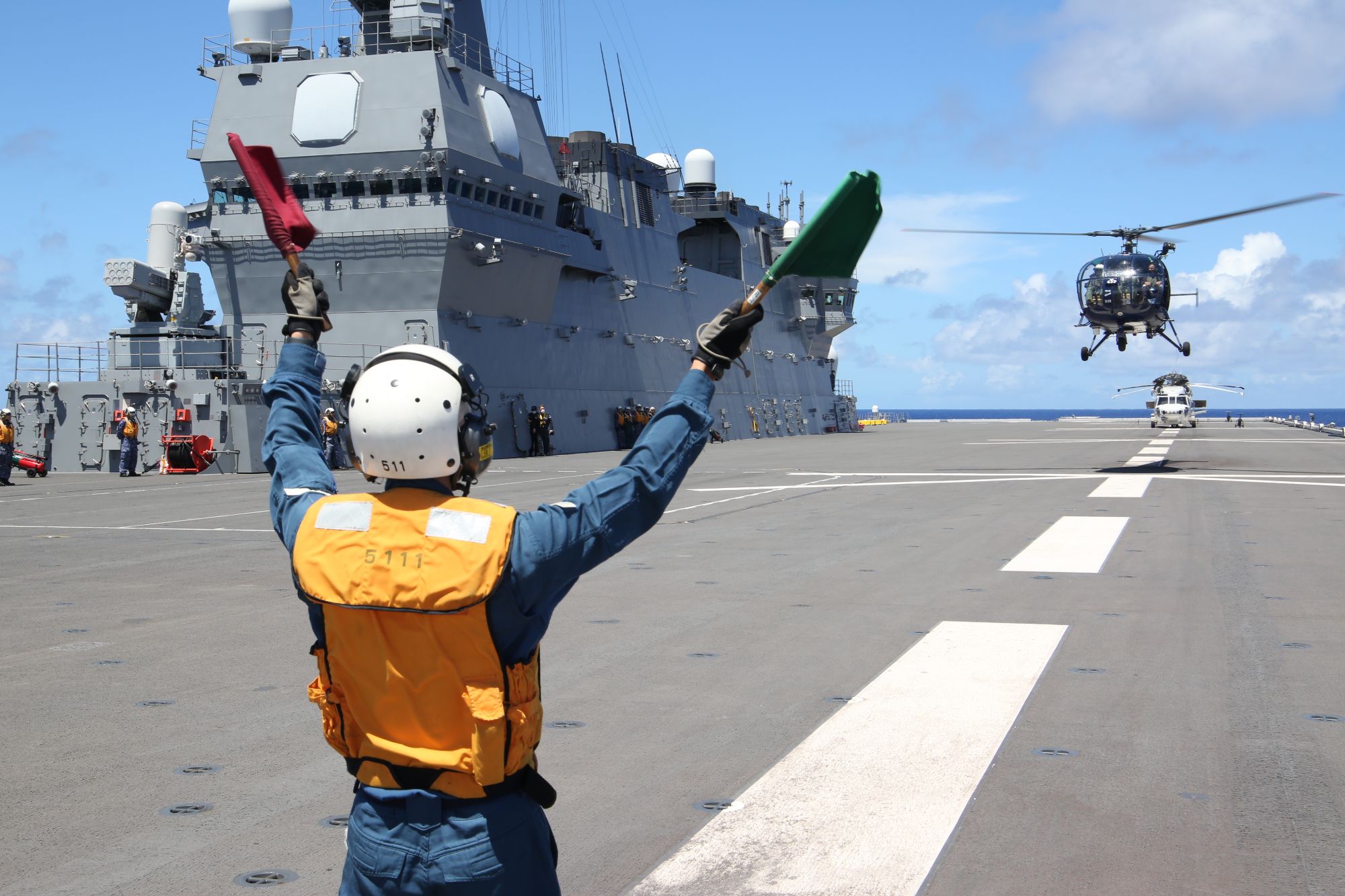When I gave my farewell address in January as the U.S. ambassador to India, one issue threatened to overshadow the many accomplishments in our bilateral
warontherocks.com
Kenneth I. Juster served as the 25th U.S. ambassador to the Republic of India from November 2017 to January 2021. He previously served from January 2017 to June 2017 as the deputy assistant to the president for international economic affairs, on both the National Security Council and the National Economic Council.
When I gave my
farewell address in January as the U.S. ambassador to India, one issue threatened to overshadow the many accomplishments in our bilateral relationship — whether the United States would
impose sanctions on India for its
planned purchase of five Russian S-400 Triumf surface-to-air missile systems. The Biden administration is now confronting this same predicament. In mid-March, President Joe Biden joined the leaders of Australia, India, and Japan for the first-ever
Quadrilateral Security Dialogue summit, presenting to the world a democratic model of cooperation that sharply contrasts with the autocratic model of China. Yet, one week later, when U.S. Secretary of Defense Lloyd Austin visited New Delhi, the
headlines focused not on this high-level cooperation, but on the same threat of possible U.S. sanctions against India.
The U.S.-Indian partnership is now critical to promoting a free, open, and stable Indo-Pacific region and resisting the threat of an expansionist China. But the cloud of sanctions has hovered over the relationship since August 2017, when the United States enacted the
Countering America’s Adversaries Through Sanctions Act (CAATSA). The mere mention of CAATSA brings back bad memories in India of earlier U.S. sanctions, including
those following India’s 1998 nuclear tests. Keeping the possibility of CAATSA sanctions lurking over the relationship jeopardizes vital U.S. interests by gradually eroding the trust and cooperation that has been assiduously built up with India since the turn of the century.
It is long overdue for the U.S. government to remove the specter of sanctions by determining, in the case of the S-400, that India
meets the conditions for a waiver. The two countries should then focus their attention on the long-term operational challenges posed by Indian purchases of Russian equipment.
The Controversial Use of Secondary Sanctions
Sanctions have become a favored tool of American policymakers in recent years. In some ways, this is understandable. When a major foreign policy problem arises, U.S. officials often feel the need to respond with some form of action, without deploying the military or risking broader conflict. They therefore tend to choose a measure between the use of force and doing nothing — economic or political sanctions.
Currently, there are U.S. sanctions of one sort or another directed against
at least 30 countries or territories. However, the effect of sanctions on the target is often debatable at best, and sanctions frequently cause collateral damage. For example, sanctions can be harmful to U.S. companies that are no longer permitted to do business with the sanctioned entity, while benefiting foreign companies that can replace them because they are not affected by the U.S. sanctions. For this and other reasons, U.S. sanctions work best when they have broad multilateral support (such as the
sanctions against Iran prior to the negotiation of the Joint Comprehensive Plan of Action) or when the United States has a large degree of influence over the target (such as the U.S.
sanctions against Panama’s Noriega regime in the late 1980s).
A particularly controversial element of sanctions policy is the use of so-called
secondary sanctions. These involve pressure on third parties to stop their activities with the sanctioned entity by threatening U.S. sanctions against the third party. The United States has periodically used this form of sanctions, usually when there is little support from other countries for direct sanctions or little U.S. influence over the target.
As one might expect, U.S. secondary sanctions are quite unpopular with the rest of the world. Some commentators argue that the
extraterritorial application of secondary sanctions violates international law. At a minimum, such secondary sanctions are controversial and can cause unrelated foreign policy problems. CAATSA is a case in point.
The purpose of CAATSA is to counter aggression by the governments of Russia, Iran, and North Korea. While the Iran and North Korea provisions do not have a material impact on most U.S. firms because of
preexisting restrictions on doing business with those countries, the Russia provisions are broad, with significant secondary sanctions directed at non-U.S. entities.
One part of CAATSA requires the president to impose five or more sanctions from a menu of 12 on a person who knowingly “engages in a significant transaction with a person that is part of, or operates for or on behalf of, the [Russian] defense or intelligence sectors.” To date, these secondary sanctions have been imposed on
China and
Turkey, each for importing and installing Russian S-400 systems.
Any collateral damage in these two cases is acceptable under the circumstances. In the context of an increasingly adversarial military relationship between the United States and China, such sanctions do little harm. Because Turkey is a NATO ally, the sanctions raise more questions. But it is precisely because of Turkey’s NATO status that it should not be incorporating Russian missile systems into its military arsenal, especially when it is also a member of the allied consortium developing and producing the F-35 Joint Strike Fighter. Turkey’s acquisition of the S-400 thus represents a conscious move away from the United States and NATO. This led Washington to
remove Ankara from the F-35 program so that the features and technology of that fighter would not be compromised by proximity to the S-400. The difficult decision to sanction Turkey, therefore, was regrettable but understandable.
CAATSA’s Potential Damage to U.S.-Indian Relations
India, which is neither an ally nor an adversary of the United States, has a
long history of purchasing military hardware from the Soviet Union and later Russia. But India has gradually diversified its inventory of military supplies in recent years, with increased purchases from the United States since 2008, which now total
over $20 billion. The purchases include important naval assets, such as the P-8I maritime patrol and anti-submarine aircraft and the MH-60 Romeo helicopter, which will
enhance maritime security in the Indian Ocean region.
Many U.S. defense firms now have a presence in India, facilitating co-production of defense equipment and the integration of Indian companies into the supply chains of U.S. defense manufacturers. The
Tata-Boeing joint venture in Hyderabad will soon become the sole location for the production of Apache helicopter fuselages, and the
Tata-Lockheed joint venture, also in Hyderabad, supplies all of Lockheed’s C-130 empennages and will soon be its source for F-16 wings. These important contributions to the U.S.-Indian defense partnership, along with India’s diversification away from Russian equipment, support the broad policy goal of CAATSA.
India believes that the S-400 missile system provides a
significant capability against potential threats from China and Pakistan. New Delhi started discussing this system with Moscow around 2012. Although India already had a missile defense dialogue with the United States well before the discussions with Russia began, the Obama administration was
reluctant to provide advanced missile defense systems to India. In any event, India
announced its intention to purchase the S-400 in 2016, almost one year prior to the enactment of CAATSA. India and Russia
formally signed their agreement in 2018. The United States subsequently
offered surface-to-air missile equipment to India in late 2018 — the Patriot Advanced Capability-3 and the Terminal High Altitude Area Defense. From the Indian perspective, however, the U.S. equipment does not have the same needed operational capabilities as the S-400 and is much more expensive. Moreover, India felt that it already had a
“done deal” with Russia.
In part with India in mind, the U.S. Congress amended the CAATSA legislation in 2018 to
permit a waiver of the secondary sanctions under certain conditions, including whether the concerned country is cooperating with the United States on critical security matters and taking steps to reduce its procurement of major defense equipment from Russia. To date, the
U.S. position has been that it has not yet granted any waivers under CAATSA and that allies and partners should forgo transactions with Russia that risk triggering the sanctions.
From the U.S. perspective, because India has not yet acquired the S-400 system, and thus not made a “significant transaction,” it is premature to consider either potential sanctions or a waiver. Austin
indicated as much after meeting with Indian Defense Minister Rajnath Singh: “There has been no delivery of an S-400 system and the issue of sanctions is
not being discussed.”
There may be internal disagreements in the Biden administration, as there were in the Trump administration, on whether to grant a waiver to India for the purchase of the S-400. Or perhaps the Biden administration has decided internally to issue a waiver to India if and when the S-400 is delivered, but it prefers not to state that now to avoid establishing a precedent for other partners considering the purchase of the S-400 or other Russian equipment. The administration may even hope that an intervening event will preclude the delivery of the Russian missile system to India.
Continuing to kick the sanctions can down the road, however, has a corrosive effect on the U.S.-Indian relationship. It undermines the hard work by both countries during the past 21 years to overcome a lack of trust and, for India, a lingering concern about the reliability of the United States as a defense partner.
Some policymakers, who may be concerned about the precedent of a CAATSA waiver, have suggested that the United States could invoke the CAATSA provisions, but deliberately select five sanctions from the broader menu that have little material impact on India. There is merit to the concern about a precedent. But in the unique circumstances of this particular case, this concern is outweighed by the harm that such sanctions, even if used only symbolically, would do to the U.S.-Indian relationship.
The Challenges Posed by India’s Purchases of Russian Equipment
CAATSA’s effort to pressure Russia to curb its aggressive activity in Ukraine and elsewhere, as well as deny hard currency to the Russians, is certainly an important U.S. interest. However, the sustained effort by the United States to deepen its relationship with India in forming a pillar of stability and prosperity in the Indo-Pacific is also critical to U.S. geopolitical objectives. If India ultimately acquires the S-400 and the U.S. government imposes sanctions, the result will be to damage the U.S.-Indian relationship without punishing Russia.
Given the circumstances that led India to conclude its S-400 deal, the best course of action for U.S. officials, in balancing its two foreign policy priorities, is to face up to the issue now. After consultations with Congress to explain its views, the Biden administration should indicate its intention to grant a waiver to India for a transaction that is bound to happen anyway. At the same time, it should emphasize that all waiver decisions will remain strictly on a case-by-case basis. U.S. officials should also begin a frank and open discussion with Indian officials about the broader set of underlying issues that CAATSA obscures — the
impact on the bilateral strategic partnership of the S-400 procurement and future Indian purchases of significant Russian military equipment.
In the course of these bilateral discussions, New Delhi can explain why, especially in cases where other countries do not have or will not offer comparable equipment, it wants to continue to make
purchases from Russia that it views as critical to its national security. And Washington can make clear its position on malign Russian activities as well as concerns about possibly compromising U.S. technology due to Russian equipment in India’s inventory. In this context, the United States should raise topics such as the positive impact that sophisticated U.S. equipment and technology could have on India’s overall military capabilities, the benefits of increased interoperability of Indian and American forces, and the constraints that Russian military equipment in the Indian inventory could impose on the U.S. ability to support India in the case of a future military conflict with China.
The United States might also note that China has already
acquired the S-400 system from Russia, so that if India is concerned about its defensive capabilities against China, it will be relying on a system that China knows well, including possibly how to circumvent it.
Looking Ahead
As the U.S. government balances its various interests regarding the S-400 issue, it should recognize that the continued threat of CAATSA sanctions against India is counterproductive in terms of the bilateral partnership as well as the broader U.S. strategy in the Indo-Pacific. The United States should therefore indicate now its intention to grant a waiver in this case, while starting a constructive dialogue with India on the impact of future purchases of Russian military equipment. The government of India will ultimately have to decide on its own trade-offs regarding American and Russian equipment, as well as on its long-term strategic orientation. Perhaps there will be technical solutions that mitigate some of India’s potential challenges. It is possible, however, that India’s decisions will eventually affect the degree to which Washington will be able to provide special access for New Delhi to its most sophisticated technology. The consideration of all of these sensitive and important issues should not be clouded by the threat of secondary sanctions.

 www.financialexpress.com
www.financialexpress.com






